Green livelihoods on the Se San River
Not only contributing to improving economic life, fish cage farming on the Se San River also creates a new look for the river area in the West of Gia Lai. On the gentle river flowing through the border commune of Ia O (Gia Lai province), long rows of fish rafts, sparkling under the sunlight, are opening up a sustainable way of life for the people.
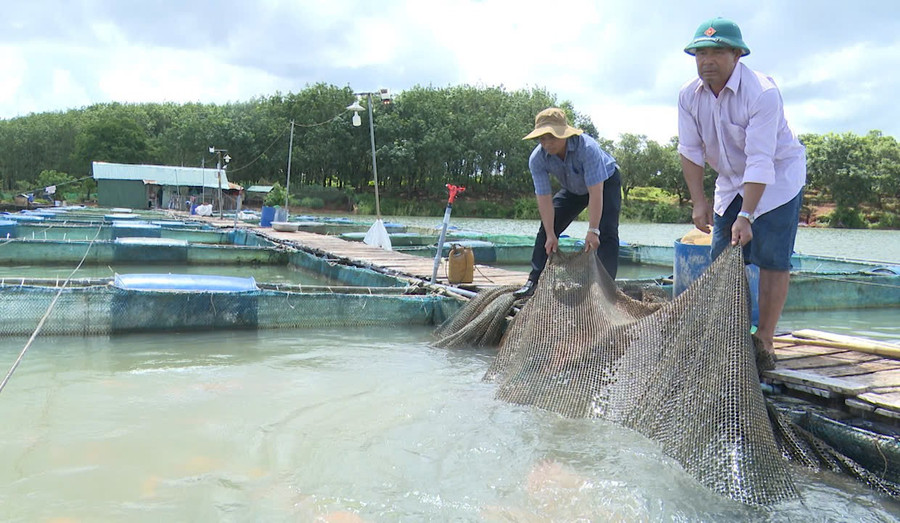
Taking advantage of the clean, nutritious water source, people focus on raising specialty fish such as red tilapia, catfish, snakehead fish..., both meeting market demand and bringing in stable income all year round. Mr. Dam Van Sang is one of the pioneers in raising specialty fish in Ia O commune. He currently owns 20 cages of red tilapia and catfish.
“Raising fish in cages is more effective than farming, and requires less care. After 8 months, you can harvest, each cage yields from 800kg to 1 ton of fish. If the selling price is from 55,000 VND/kg or more, you will definitely make a profit,” Mr. Sang calculated.
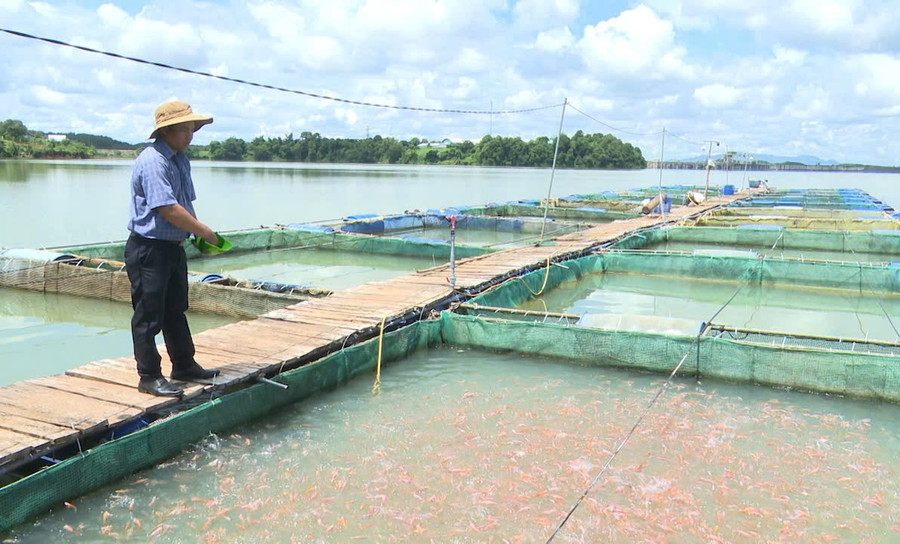
Not only stopping at popular fish breeds, many households have boldly switched to raising high-value specialty fish, targeting the high-end market segment.
The family of Mrs. Nguyen Thi Oanh (from Ca Mau , established in Ia O commune since 2016) has been successful with the model of raising snakehead fish. Mrs. Oanh said: "Swordhead fish is easy to raise, has few diseases, and has a stable selling price of about 100,000 VND/kg. Thanks to hard work in learning the techniques, the fish grow well, the loss rate is low, and the model initially brings in a good income."
According to Mr. Phan Dinh Tham - Chairman of Ia O Commune People's Committee, the whole commune currently has over 100 freshwater fish cages, concentrated along the Se San River. The products are purchased by traders, creating a stable source of income for the people.
“From the initial results, the commune is encouraging the expansion of farming scale; at the same time, combining the exploitation of the potential of eco-tourism along the Se San River. This model can become a typical development direction for the river area in the West of Gia Lai in the future” - Mr. Tham hopes.
Notably, thanks to the clear water source and stable flow, fish raised in this area are less susceptible to disease, have good meat quality, and meet food hygiene and safety standards. Some households also cooperate to consume products for restaurants and supermarkets in the province. From there, the cage fish model not only helps people have stable jobs, but also gradually builds the image of clean seafood products of Tay Gia Lai region in the market.
From An Khe-Kanak Lake to a sustainable seafood village
Not only in the Se San River, cage fish farming is also developing strongly in the An Khe-Kanak hydroelectric reservoir (Cuu An commune, Gia Lai province). With a water surface area of over 3.4 km², clear water source, stable flow all year round, this place is becoming a key aquaculture area in the West Gia Lai region.

Currently, the fish cage farming village in Cuu An commune has 17 rafts with 245 cages, with an average output of about 800 tons of fish per year, mainly red tilapia - a fish species that adapts well, grows quickly, is disease-resistant and is popular in the market.
Mr. Nguyen Dinh Quyen, one of the pioneers in raising fish here, said: “The water in the lake is very clean, the fish grow quickly, and there is almost no need to use medicine to prevent disease. If the price remains at around 50,000 VND/kg as it is now, everyone will make a profit, with each raft earning an average of several hundred million VND per year.”
According to Mr. Quyen, thanks to local support in terms of technology and water environment control, people are increasingly confident in expanding their production scale. Product output is relatively stable when traders come to the rafts to buy, helping people save on transportation costs and consume large quantities at one time.
Mr. Nguyen Van Long (another fish farmer) shared: “Each time, traders buy tons of fish and bring them to Pleiku and neighboring provinces for consumption. Thanks to that, people feel secure in sticking with the profession for a long time. Many families also invest in a system of cages made of composite materials to increase durability and limit environmental pollution.”
According to Mr. Duong Phu Tho - Deputy Head of the Economic Department of Cuu An commune, the fish cage model in An Khe-Kanak lake has brought a stable annual income to the people, effectively utilizing the water surface and abundant natural food sources.
“In the coming time, the commune will continue to support people to expand the scale, test high-value fish varieties such as grass carp, monosex tilapia, and at the same time build the brand “Cuu An cage fish”. The goal is to form a sustainable, environmentally friendly fishing village” - Mr. Tho said.
Besides economic value, cage fish farming also utilizes agricultural by-products as food, helping to reduce production costs and limit water pollution.
Many households have begun to apply automatic aeration and feeding technology, both saving labor and increasing productivity. This is a suitable direction in the context of climate change that is strongly affecting traditional agriculture in Tay Gia Lai.
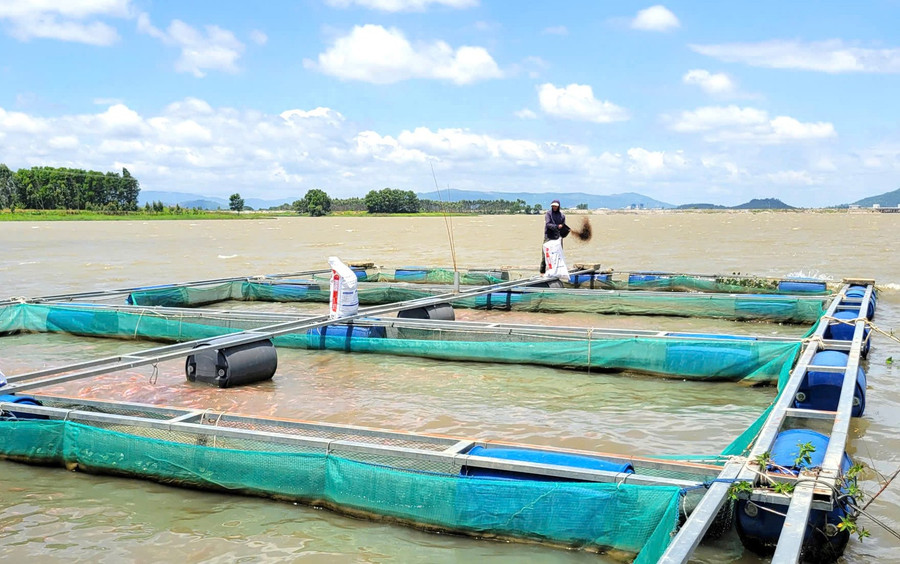
From the Se San River to the An Khe-Kanak Lake, cage fish farming is shaping a new development direction for Tay Gia Lai agriculture. The combination of natural water resources, the will to rise of the people and the support orientation from the government is creating a green production value chain, linking livelihoods and environmental protection.
When supported synchronously in terms of capital, technology and consumption linkage, the fish cage model not only ensures income for people but also opens up the prospect of building the brand "clean fish of Tay Gia Lai" - a typical product of the river region on the plateau.
It is not only an economic direction, but also a vivid demonstration of Gia Lai's efforts in the journey of "greening" agriculture, sustainable livelihoods and preserving the natural beauty of the Central Highlands river region.
Source: https://baogialai.com.vn/xanh-hoa-sinh-ke-vung-song-nuoc-post568582.html



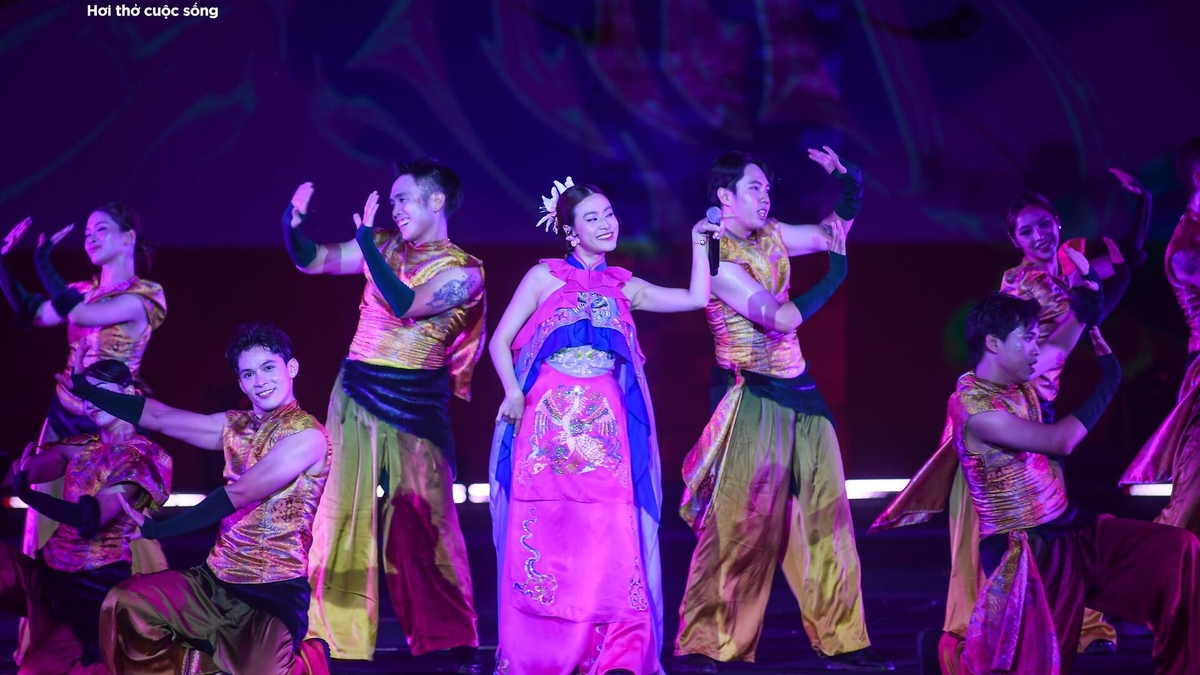
![[Photo] Solemn opening of the 1st Government Party Congress](https://vphoto.vietnam.vn/thumb/1200x675/vietnam/resource/IMAGE/2025/10/13/1760337945186_ndo_br_img-0787-jpg.webp)
![[Photo] General Secretary To Lam attends the opening of the 1st Government Party Congress](https://vphoto.vietnam.vn/thumb/1200x675/vietnam/resource/IMAGE/2025/10/13/1760321055249_ndo_br_cover-9284-jpg.webp)



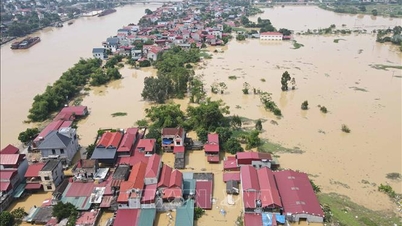

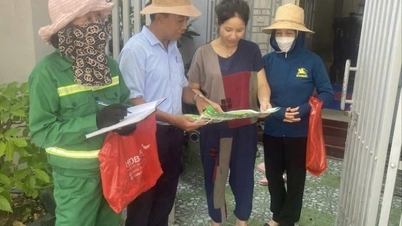

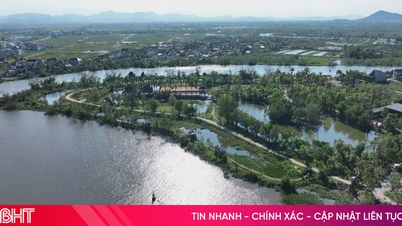

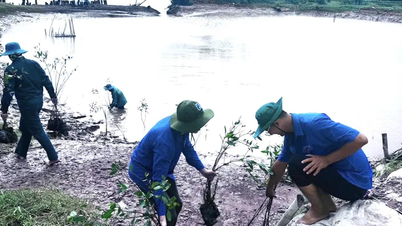

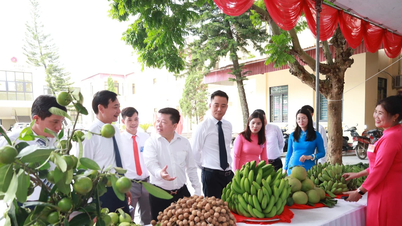

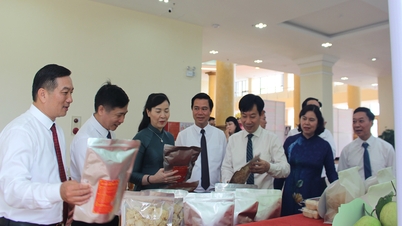

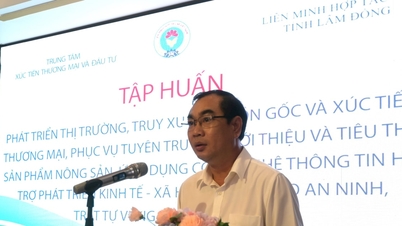



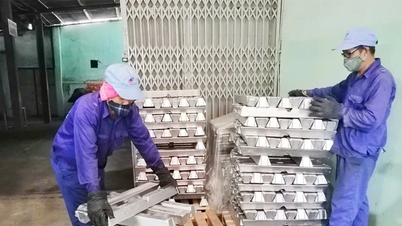

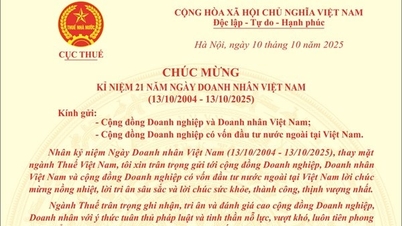
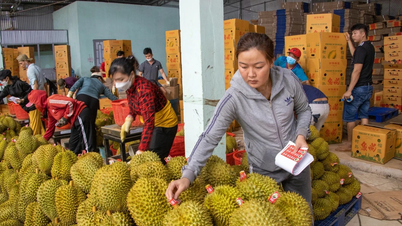





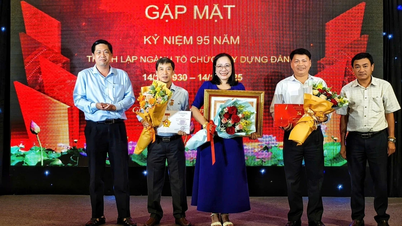
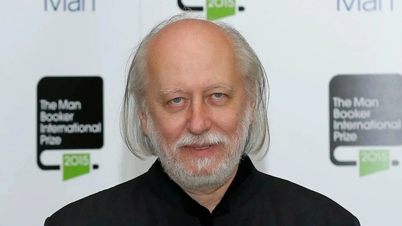
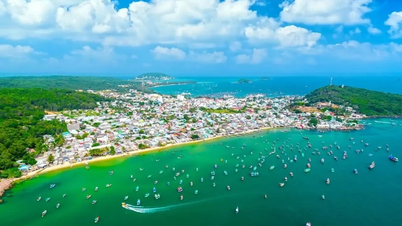

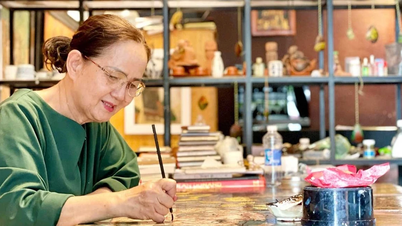


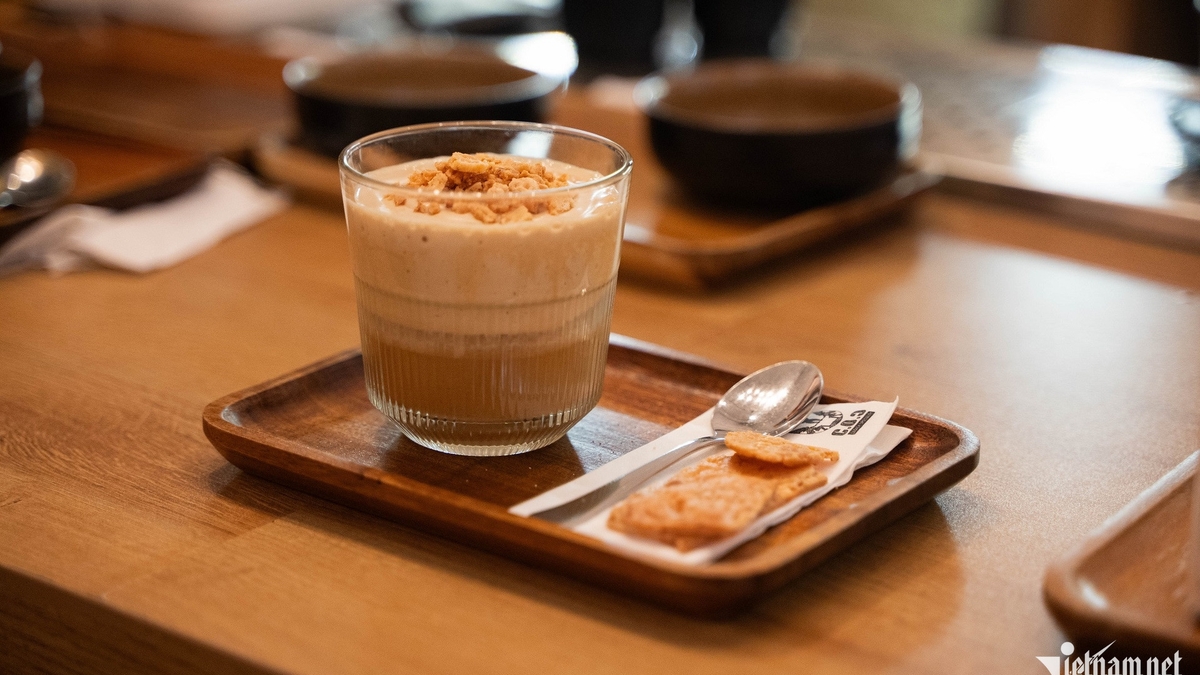
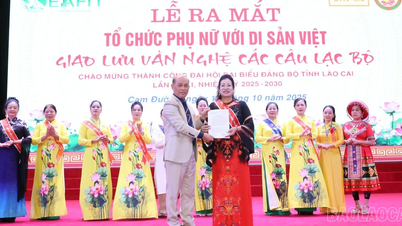

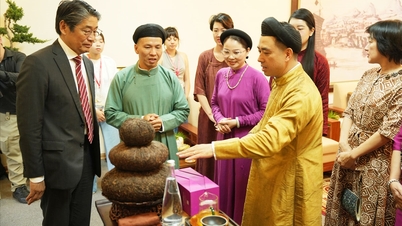












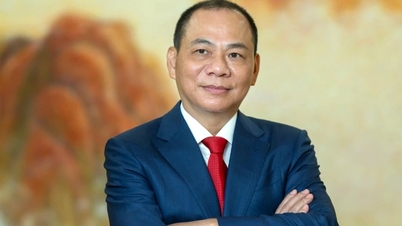







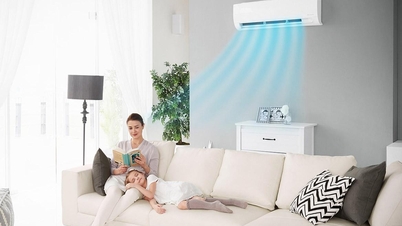

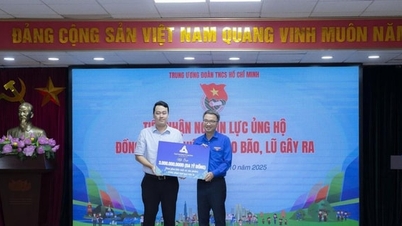

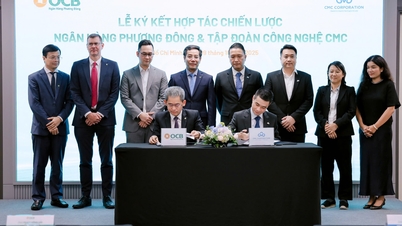

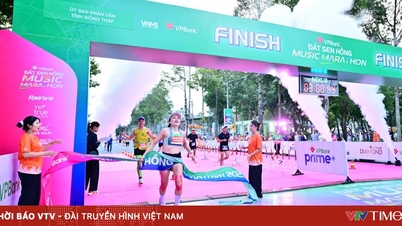

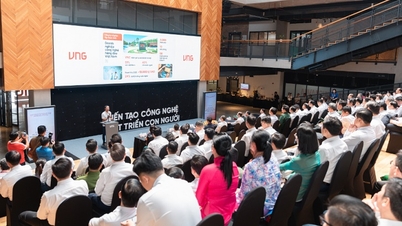








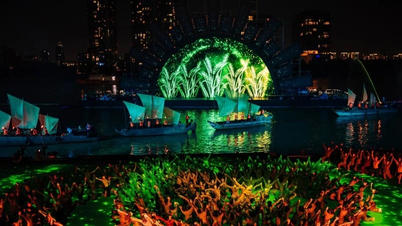


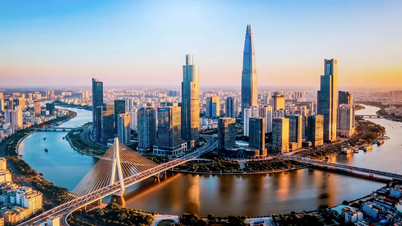

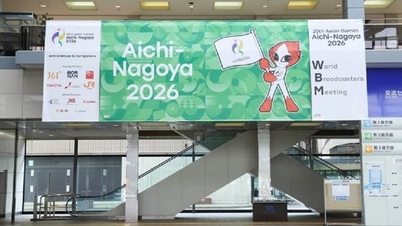

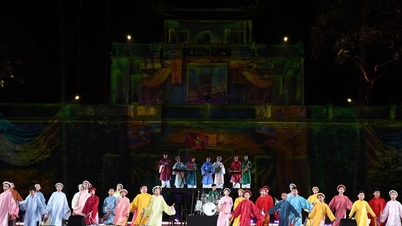


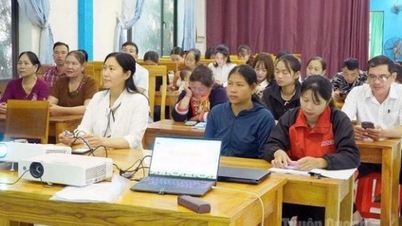

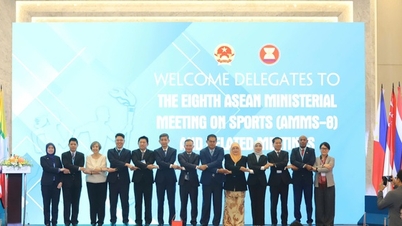
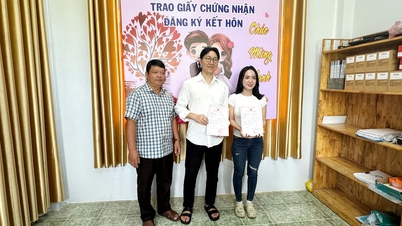

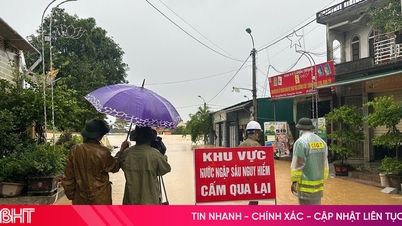


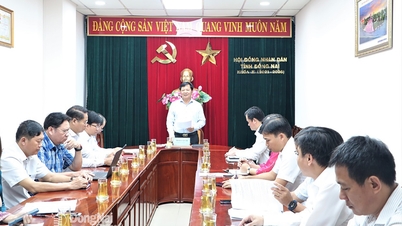

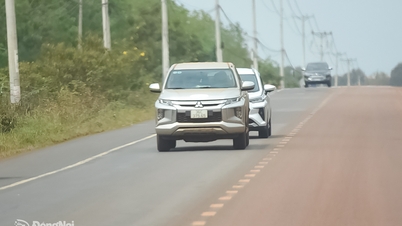










Comment (0)